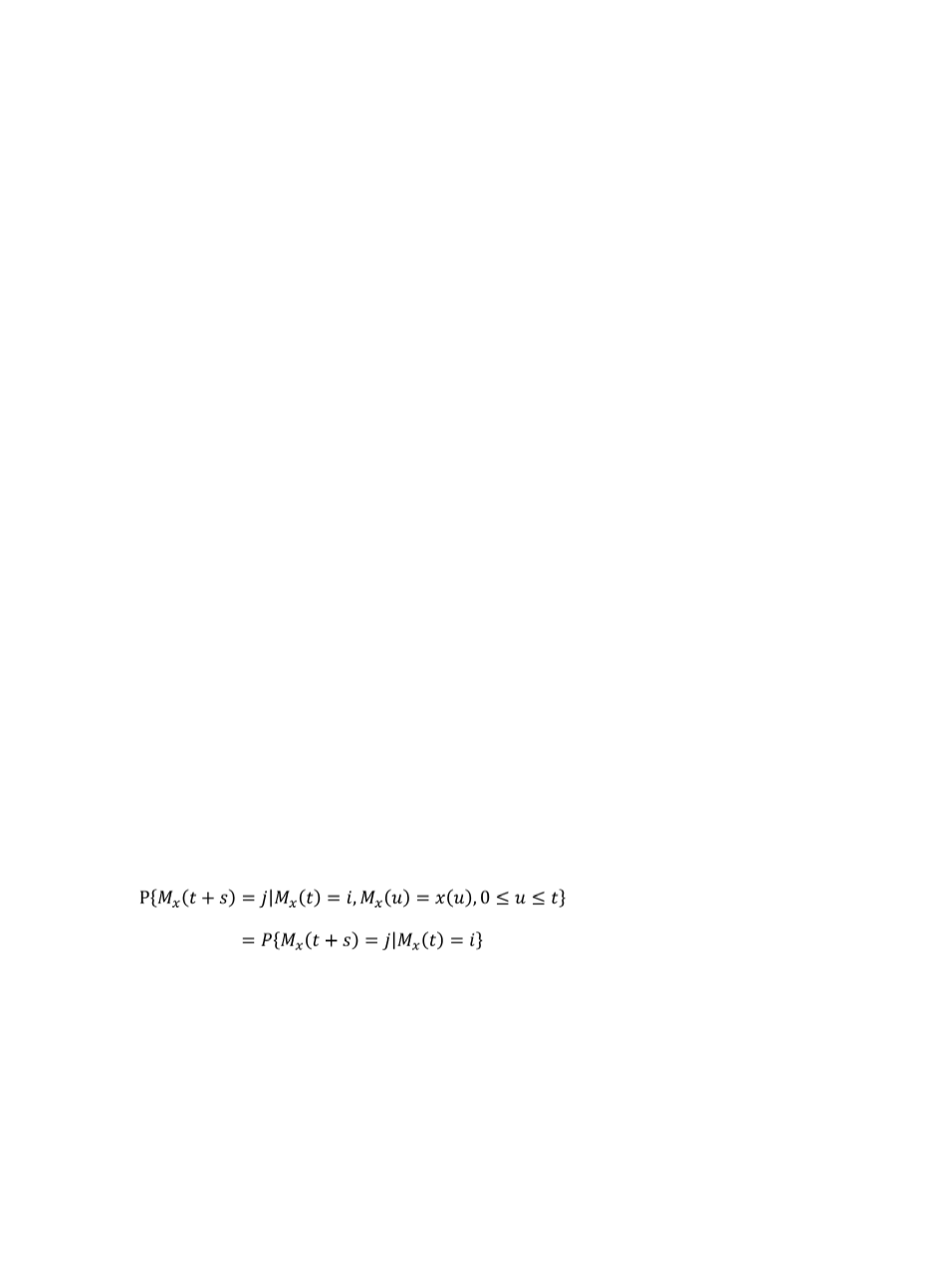

臺大管理論叢
第
27
卷第
2S
期
199
In this paper, we extend this line of research to investigate the risk effect of the product
design of long-term care insurance. Specifically, we focus on analyzing the changes in risk
characteristics resulting from different combinations of long-term care insurance with
annuity or life insurance. We use value at risk and conditional tail expectation as risk proxies
to evaluate the risk margin of different product designs. A continuous-time Markov chain
model is employed to model the health status of insureds. Moreover, the adverse selection
cost of the annuity is investigated. We find that the combination of long-term care insurance
with life insurance reduces the risk margin. By contrast, the combination of long-term care
insurance with annuity increases the risk margin. However, the results also show that the
benefit of lowering the adverse selection cost outweighs the cost of the increase in the risk
margin under the combination of long-term care insurance with annuity. Our research results
provide useful insights into the risk management and product design of long-term care
insurance.
2. Research Model
Following previous studies (Albarran et al., 2005; Baione and Levantesi, 2014; Brown
and Warshawsky, 2013; Czado and Rudolph, 2002; Haberman and Pitacco, 1998; Manton et
al., 1993; Murtaugh et al., 2001; Pitacco, 1995; Pritchard, 2006), we adopt a continuous-time
Markov model to stimulate the different health statuses of policy holders. Consider a policy
holder at age x and suppose that the individual independently moves between different health
statuses, denoted as health status 1, health status 2… health status
h
. Let
M
x
(
t
) be the state
occupied at time
t
by a randomly selected individual starting at age
x
. For 0 ≤
s
≤
t
, let
P
x
(
s
,
t
)
be the
h
×
h
transition probability matrix with entries
(1)
We then calculate the best estimates, risk proxies, and risk margins of different
insurance products. To ensure that the assumptions for the payment of insurance policies are
realistic, we consider a discrete payment model. On the basis of the percentile method of the
Solvency II Directive, we use value at risk and conditional tail expectation as risk proxies to
evaluate the risk margin of different product designs. The risk margin
δ
(
L
) can be expressed
as


















